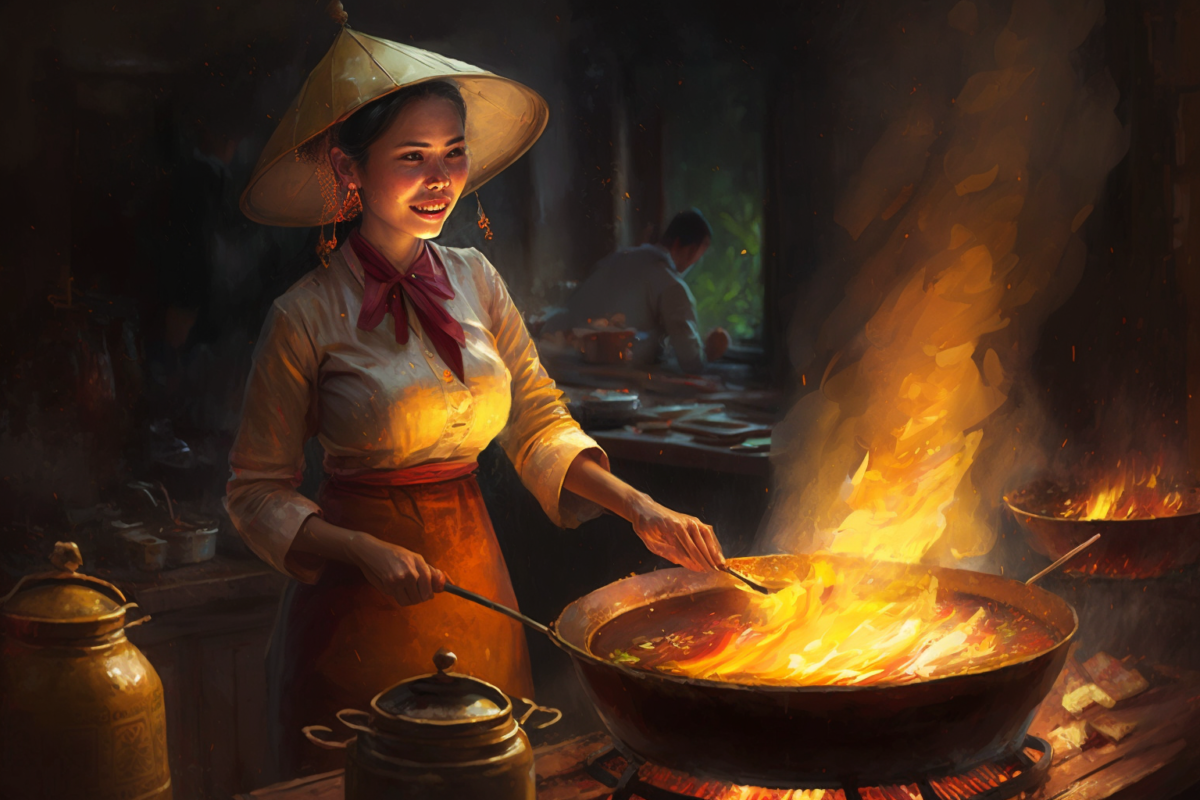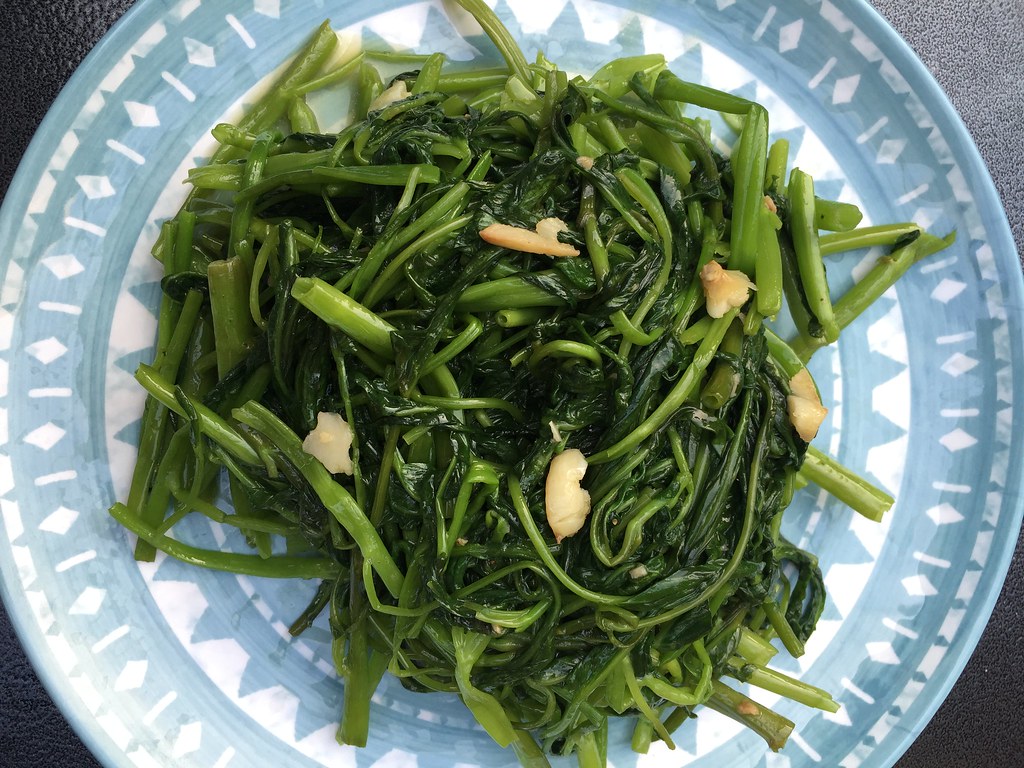As I sit here in my comfortable home in America, surrounded by abundance and luxury, I can’t help but reflect on my journey to get here. I was born and raised in Vietnam, in a rural countryside where basic necessities like food were limited. Watching my family members work long hours in the rice fields just to put food on the table was a way of life for me. It was a struggle, but it was all we knew.
When I moved to America, I was overwhelmed by the abundance of food and sugar available at every turn. It was a stark contrast to the scarcity I experienced in Vietnam. But as I indulged in these newfound luxuries, I began to realize the toll they were taking on my health.
In America, food can easily become poison. It’s the main culprit behind diabetes, obesity, high cholesterol, and heart attacks. As someone who had experienced hunger and scarcity, I knew I had to change my relationship with food to avoid these health issues.
That’s when I began my journey of fasting. I started with intermittent fasting, skipping breakfast and only eating during a small window of time each day. As I became more comfortable with this routine, I started to incorporate longer fasts, lasting 24-48 hours.
I’ve now been fasting daily for 5 months, and the results have been incredible. I’ve lost 20 pounds and have developed six-pack abs for the first time in my life. I feel healthier and stronger than ever before, and my cravings for exercise and meditation have increased.
Through this process, I’ve learned that everything we feed our minds and bodies matters. Positive thoughts and healthy food choices are crucial for mental and physical health. In a world where we’re constantly bombarded by negative messages and unhealthy options, it’s important to be mindful of what we consume.
As I reflect on my journey, I’m grateful for the struggles I faced growing up. They taught me the importance of hard work and perseverance. And now, in America, I’ve found a way to use those lessons to live a healthier and happier life.
Mental Health Focus
In today’s society, mental health problems have become increasingly prevalent. It’s more important than ever to take care of both our physical and mental health, and the two are often interconnected. As someone who has experienced the benefits of fasting on both my physical and mental health, I believe that it’s essential to pay attention to what we feed our bodies and minds.
Fasting has allowed me to cultivate a positive mindset, reduce stress, and improve my overall well-being. By cutting out unhealthy foods and focusing on healthy choices, I’ve been able to reduce inflammation and improve my brain function. It’s a small change that can make a big difference in our lives.
But fasting isn’t the only solution. We can also prioritize our mental health by practicing mindfulness, connecting with loved ones, and seeking professional help when needed. By taking care of ourselves, we can better take care of those around us and contribute to a happier and healthier society.
In conclusion, as we navigate the challenges of today’s world, let’s not forget the importance of taking care of ourselves both physically and mentally. By making small changes to our lifestyle and prioritizing our well-being, we can improve our overall quality of life and build a better future for ourselves and those around us.




